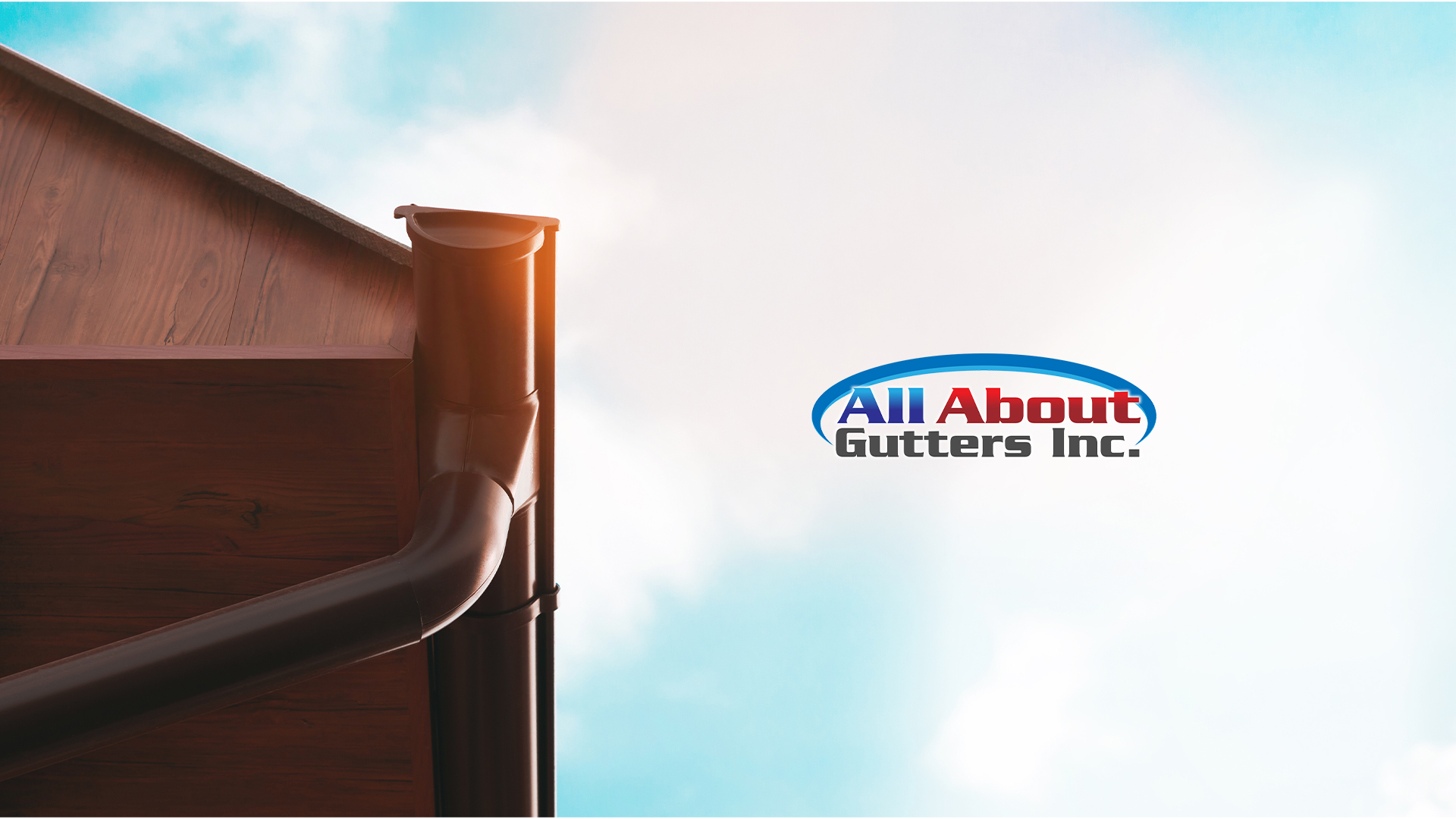Types Of Covers To Waterproof Roofs
Roof waterproofing is an essential element for the conservation and good condition of any type of property. All About Gutters Inc experts identify roof as the top of the building.
When designing or remodeling the roof of a building, it must
be taken into account that it must resist exposure to the elements, such as
direct sunlight, rain, wind, cold or snow. Taking these factors into account,
it is essential to design the roof so that it resists for many years without
showing deterioration, its main function being to isolate the building from
inclement weather.
That said, it must be borne in mind that there are many
types of roofs and enclosures for buildings on the market. It is extremely
important that we properly choose the one that best suits each type of property
and the geographical area in which they are located.
At present, all the roofs are designed to provide insulation
to the building. This is that they protect from external in clemencies helping
to maintain the temperature and humidity conditions inside the building. These
types of roofs are divided into several types, among which we can identify two
large groups; flat roofs and sloped roofs.
What is a flat roof?
As its name suggests, a flat roof is one that has no slope.
And on which you can usually walk. Although its name can be misleading, since
almost all flat roofs have a certain slope designed to facilitate the
evacuation of water. Traditionally, flat roofs are installed in hot areas with
a low rainfall range; although due to innovation in materials they have been
extended and adapted to all kinds of conditions.
What types of flat roofs are there?
Within the flat roofs we can find several types:
Inverted roof: It is a type of flat roof in which the
thermal insulation layer is placed on top of the waterproofing layer; the other
way around than on a traditional flat roof. The great advantage of this is that
the waterproof layer is not exposed to inclement weather; and therefore does
not deteriorate easily. Inverted roofs are normally perfectly passable. In
addition, the finish is usually much more aesthetic than if the waterproof
layer were placed on top.
Green roof: It is a type of roof that uses the earth and
plants as insulating elements. Beneath them is a drainage layer to prevent
waterlogging and, of course, a final waterproof layer that prevents the passage
of water and humidity into the interior of the building. It is a very recent
trend and obviously its great advantage is that it contributes to reducing CO2
emissions into the atmosphere.
Flooded roof: As its name suggests, the flooded roof uses
water as an insulating element. It is widely used in areas where there is a
large difference in temperature between day and night.
Ventilated roof: Also called Catalan roof. A type of flat
roof that is widely used in warm areas where summer brings high temperatures.
The ventilated roof is characterized by the fact that it allows air to
circulate under it, thus avoiding condensation and acting as an insulator as an
air chamber. Its inclination is minimal, so it is perfectly walkable and ideal
for terraces.
What is a pitched roof?
A sloped roof is that type of roof in which the slope of the
roof exceeds 10%. The different types of pitched roofs correspond to the number
of gables it has. Sloped roofs are common in areas with a wide range of
rainfall. Since they are designed to facilitate the drainage of rainwater and
prevent snow from accumulating easily.
What types of pitched roof are
there?
Simple pitched roof: Also called a pitched roof. It is the
one in which there is only one skirt as an inclined plane; designed to
facilitate the evacuation of water.
Gable roof: It is that type of roof in which two inclined
planes are joined.
Pavilion roof: It is a type of sloping roof in which there
are as many gables or skirts as there are sides to the base on which it is
installed.
The types of covers to waterproof roofs that each property has must be specially designed for the conditions that they will have to withstand. A cover properly designed and installed by professionals should be characterized by minimal maintenance. It is in the wear or deterioration of a cover where the quality of the work carried out is appreciated; A cover installed by a specialized company is characterized by lasting for years, even decades, without requiring any type of repair.
.jpg)



Comments
Post a Comment